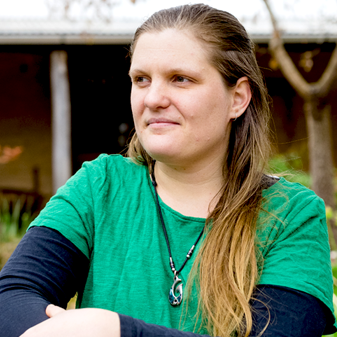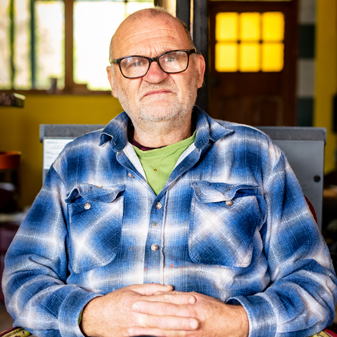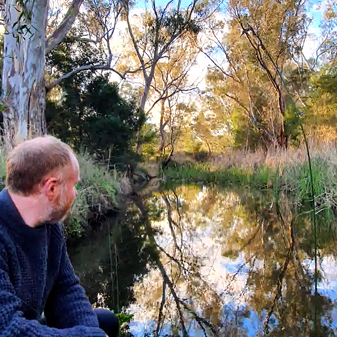


Climate Ready Places
How we protect our natural and built environments
To strengthen and support the resilience of our region’s unique assets we want to support local approaches that safeguard against climate vulnerabilities, both now and into the future.
Our resilience goals
What We Value
Loddon Mallee communities have identified what in the natural and built environments that they most value and want to protect in a changing climate. This informed the goals, objectives and priority actions of the Climate Ready Plan. This is what we heard:
Country of First Nations’ People
‘Always was always will be Aboriginal land’
Biodiversity
‘All flora and fauna are very important and needs protecting. It also attracts tourist for bird watching etc’ we don’t want to wait until it’s too late.
Lakes and waterways
‘The lake is important for recreation activities and reducing stress levels. It also helps the community by attracting tourists.’
Parks and forests
‘Time in nature with families and children creates memories and builds life skills’
Urban Green Space
‘We need to have trees and gardens in towns and cities, it’s important for mental health and wellbeing’
Community recreation facilities
'Community sport important role to play in the health and wellbeing of the community of all ages’
Bike links and parks
‘We need more bike trails so people can ride to work. And for recreational purposes.
Heritage homes and buildings
The older buildings and history of the town are valued by locals. Historical buildings entice weekenders and provide money for local businesses.
Transport Infrastructure
‘Freight trains are very important for transporting farmers produce’
‘Train and bus lines connect us to other Victorian locations but we need more’
Our Places
The Loddon Mallee region covers more than a quarter of the state. It and includes the unceded lands of 12 First Nations groups and is home to countless places of cultural significance. Our natural and cultural environments are tourist drawcards, generating more than $1 billion each year. Almost 40 per cent of Victoria’s threatened species call our region home with 18 endangered ecological communities, with four Ramsar Wetlands, 17 million hectares of public land, and 25 state and national parks. Our region is a food bowl of national significance. Most of the land is used for agriculture, with a plethora of fruit, wine, and cattle production. With two of the largest solar farms in the state and one in four households having rooftop solar, the Loddon Mallee has one of the highest rates, 69 per cent, of renewable energy in the state. However, more than half of all homes are over 30 years old, and many homes are built with no energy efficiency standards.
Through our engagement we learnt that addressing the accelerated fragmentation and degradation of terrestrial and aquatic habitats was a key concern, due to the potentially irreparable harm from climate change and existing threatening processes including pests and land modification. The responses indicated that a successful approach would increase the extent of ecosystems exhibiting integrity, as well as the conservation status of threatened species and ecological communities.
The loss of public and private spaces was also discussed in relation to human populations and biodiversity. Respondents emphasised the importance of having access to built and natural environments that promote adaptive skills and capabilities, provide respite and cooling, and are future proofed from increasingly extreme weather events.
There was a general sentiment that there is a lack of preparedness for these weather events, leading to significant risks for physical and mental health wellbeing, social and technological connectivity, workers’ health and safety, and business operations and processes. While these were recognised as being disruptive to people’s ability to live well in the region, they were also mentioned as opportunities; enabling individuals, communities, and businesses to engage with new skills, industries, and technologies as the region transitions to a low carbon future.
We acknowledge and respect Victorian Traditional Owners as the original custodians of Victoria’s land and waters, their unique ability to care for Country and deep spiritual connection to it. We honour Elders past and present whose knowledge and wisdom has ensured the continuation of culture and traditional practices. We are committed to enabling self-determination for all Aboriginal people and aim to work closely with the Aboriginal community to drive action and improve outcomes especially in the context of a changing climate.



